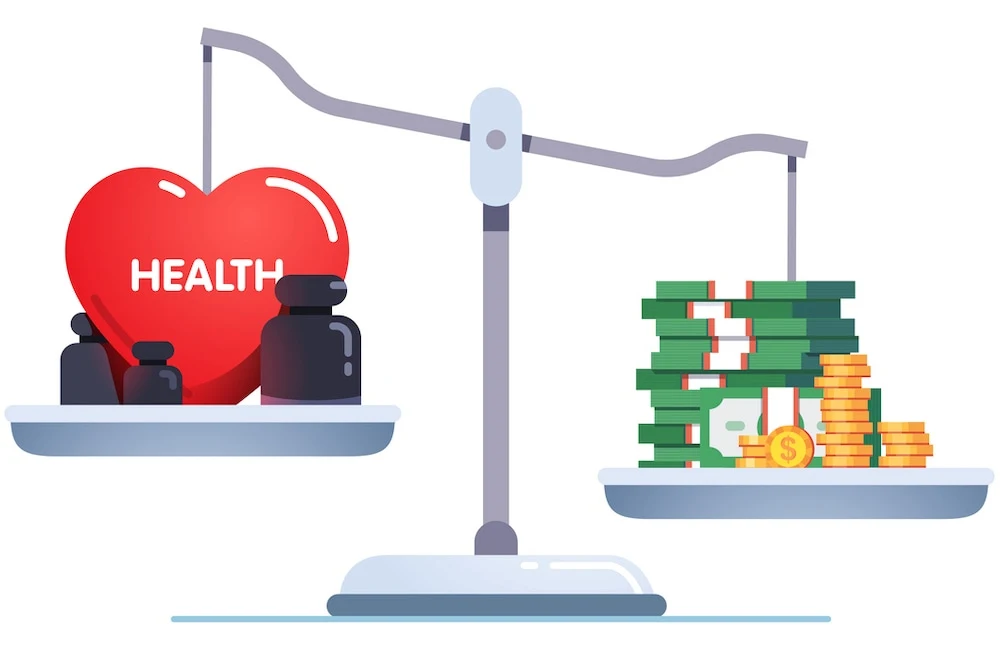A new study reveals a growing divide in cardiovascular health across the U.S., showing that wealth and education significantly influence heart disease risk.
The study analysed two decades of data from nearly 50,000 adults who participated in the National Health and Nutrition Examination Survey. Participants were grouped by income and education, and researchers examined the prevalence of four major cardiovascular conditions: congestive heart failure, angina, heart attack, and stroke.
The research highlights stark disparities: the wealthiest 20% of college-educated Americans have far lower rates of cardiovascular disease (CVD) than the rest of the population. This gap has only widened over the past two decades.
Cardiovascular disease is the leading cause of death in the U.S. While the richest Americans see improved heart health, the remaining 80% continue to face higher risks, mirroring the country’s widening income gap.
Despite spending more on healthcare than any other high-income nation, the U.S. continues to lag in outcomes—especially for those with lower incomes and less education. The life expectancy gap between the richest and poorest 1% of Americans now stands at 10 years, a disparity that has worsened relative to other high-income countries.
The study also revealed stark differences in risk:
- Low-income, non-college graduates were 6.34 times more likely to develop congestive heart failure.
- They had 2.11 times the odds of angina.
- Their risk of a heart attack was 2.32 times higher than their wealthier, college-educated peers.
- Their odds of having a stroke were 3.17 times greater than those in the highest-income group.
These disparities persisted even after adjusting for factors like body mass index, blood pressure, and cholesterol levels. Consistently, higher income and education correlated with better heart health.
The study suggests that economic security and education interact in complex ways to shape cardiovascular health. Even after accounting for biological and lifestyle factors, disparities remained—pointing to deeper structural issues. For example, chronic stress linked to financial insecurity may contribute to long-term physiological damage. Higher-income individuals often have better access to preventive health care, earlier interventions, and consistent medical attention. Wealthier and more educated patients adhere more closely to prescribed medications and benefit from stronger social and professional networks. Environmental factors, such as exposure to toxins and food insecurity, disproportionately affect lower-income communities.
Study authors note that the accumulation of economic and educational advantages appears to drive better health outcomes rather than any single factor alone. Wealth and education cluster among a small, advantaged group, while the majority of Americans face an increased risk of heart disease.
The continued widening of health disparities underscores the need for action. If public health outcomes are to be improved, it is important to address the root causes—economic opportunity, education, and access to resources that support long-term health.
Source: Washington University in St. Louis
Image Credit: iStock
References:
Abdalla SM et al. (2025) Income, education, and the clustering of risk in cardiovascular disease in the US, 1999–2018: an observational study. The Lancet Regional Health - Americas.










